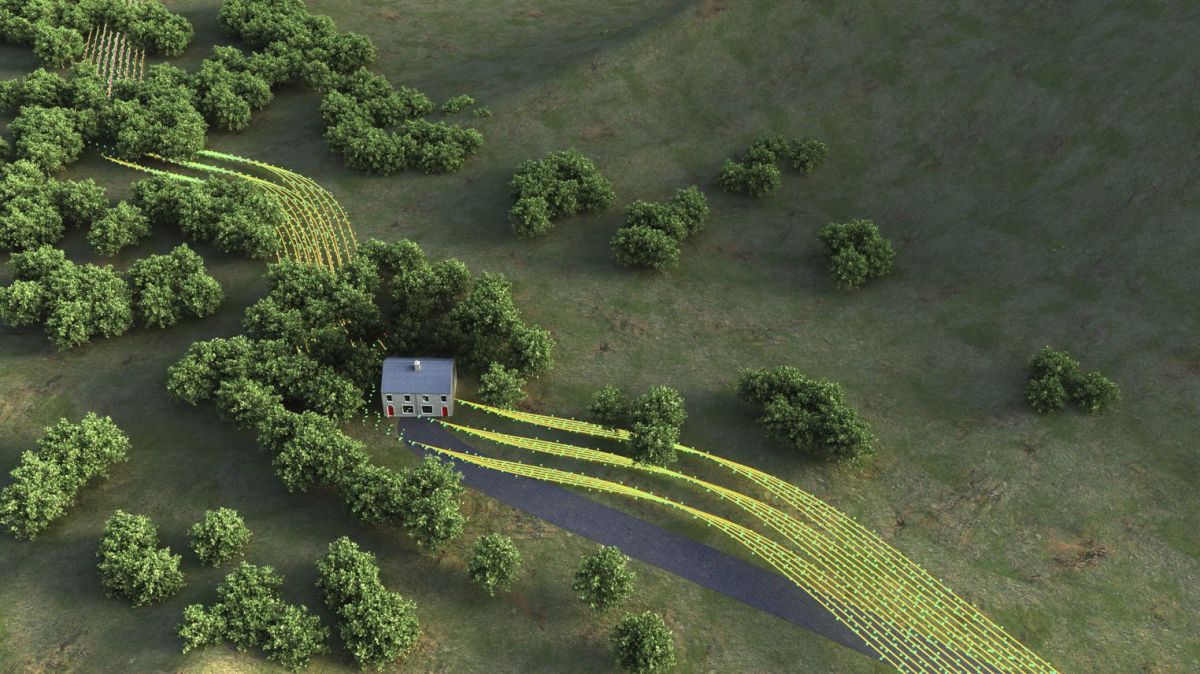Trade association urges FCC to adopt symmetrical 100 Mbps broadband speed definition

The National Rural Electric Cooperative Association on Monday filed comments urging the Federal Communications Commission to set the minimum speed for its definition of broadband internet at 100 megabits per second for both uploads and downloads.
The FCC in March redefined high-speed internet as a minimum speed of 100 Mbps download and 20 Mbps upload, an upgrade from the previous definition of 25 Mbps download, 3 Mbps upload. In response to a request for inquiry the FCC posted last month, the rural electric association said the agency should make the broadband speed definition symmetrical because of consumer trends.
“Simply put, the Commission should no longer discount the importance of upload speed,” the association’s comments read. “… According to OpenVault statistics for Q2 2024, in the past four years average monthly download usage has increased 52%, while average upload usage has increased by 80%. Consumer demand for upload speed is increasing much faster than consumer demand for download, and the number of ‘power users’ is expected to increase at an even faster rate. Against that backdrop, a fixed broadband benchmark that continues to accommodate much slower upload speeds is (or soon will be) contrary to consumer demand and experience, and serves only to accommodate the existence of dated network infrastructure.”
The FCC explained in a report last April that its decision not to adopt a 100/100 Mbps benchmark was “heavily influenced” by standards set in federal programs, such as the $42.45 billion Broadband, Equity, Access, and Deployment, or BEAD, program, which calls for speeds of 25/3 Mbps.
The FCC report notes that while other programs, such as the U.S. Department of Agriculture’s ReConnect Program, have a “preference” for deployment of symmetrical 100 Mbps services, they are much smaller and “pale in comparison to the BEAD Program.” The FCC also said there’s a lack of consumer usage statistics on upload speeds to justify a symmetrical standard.
“Despite our decision to not adopt a symmetrical upload benchmark at this time, we fully support deployment of broadband at faster upload speeds. … We intend to monitor upload speeds in future inquiries for purposes of considering additional updates to the fixed speed benchmark,” the FCC report read.
In its comments, the National Rural Electric Cooperative Association claims that basing the benchmark speeds off the BEAD standards is “inappropriate.” The group questioned whether the speeds will remain unchanged over the lifespan of the 10-year program.
“The BEAD service requirements were established by Congress to identify a bare minimum of service for which federal funding support would be made available to serve the most difficult-to-reach locations in the U.S.,” the comments continued. “In NRECA’s view, the BEAD service requirement should not serve as the de facto standard for the next decade as to what constitutes ‘advanced telecommunications capability.'”
The association also called for the FCC to report deployment data on symmetrical speeds to better understand consumer trends.
FCC Chair Jessica Rosenworcel last month released a statement saying that a better understanding how broadband is being deployed across the country is essential to “building a digital future that works for everyone.”
“We need to know not just where and how broadband is being deployed across the country but also how accessible, affordable, and available it is nationwide. Moreover, we need to view this through our updated national standard for service of 100 Megabits per second down and 20 Megabits per second up and long-term goal of gigabit speeds. I look forward to the record that develops and thank my colleagues for working with me on this effort,” she said.



